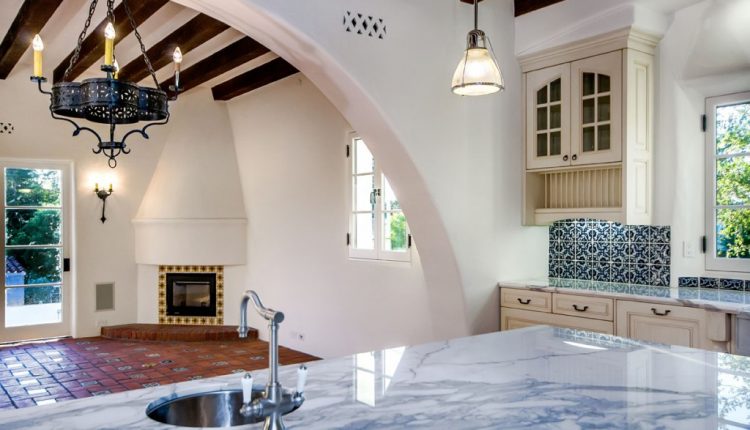Spanish Revival Type of Architecture
I bet the Spanish clergymen would not have suspected over 300 years back the missions these were painstakingly building from insufficient materials and untrained labor would eventually become an architectural phenomenon! They built individuals missions to transform, by pressure, the native peoples around the west coast from the U . s . States, after performing, the “cheap Spanish castles” they built would will continue to influence American architecture indefinitely. Particularly at the outset of the 20’s and well in to the 40’s, people in the western world and southwest chose to make this architectural style extremely popular. You will find numerous modern residences, commercial businesses and institutions, including schools and railroad stations, built-in this popular architectural style.
Certain design characteristics are available in all of the missions in California, because of the insufficient necessary building materials open to the founding clergymen, or Padres, and the possible lack of experienced construction workers. All of the missions were characterised by huge walls with big, simple surfaces with very couple of home windows. Each one of these missions had protruding eaves, low tile roofs made from clay, and lengthy arcaded corridors with pierced arches and curved gables. Walls were covered in plaster to safeguard the adobe brick that lay underneath. Adobe brick can be quite responsive to weather, which means this protected the security and maintenance from the missions.
Today, people use modern building materials either to authentically recreate the Spanish revival look, or they’ll create a kind of sophisticated faux rendition from the look. Mission San Fernando Rey de Espana includes a wonderful lengthy arcade corridor that wealthy individuals La would pay thousands and thousands of dollars to recreate. Frequently people opting for the cosmetic outside of the Spanish mission style, instead of the real thing. I do not think anybody will commission their house to become constructed with adobe in the near future!
For example take an attractive Spanish Revival building in St. Louis, through the architect T.P. Barnett, boy of George I. Barnett, another famous architect in St. Louis. The T.P. Barnett building is especially interesting since it also offers Art Deco influences, which makes it probably the most unique structures within the Grand Center region of St. Louis. Certainly next time you are in St. Louis, you have to visit this Spanish Revival building on Washington Avenue.
George Washington Cruz is credited because the father from the Spanish Colonial Revival Style. His original Montecito home, in addition to “Casa Del Greco”, his second self-designed home nearby, built-in 1920, continue to be extant today as family residences.
After his works of art received much recognition in New You are able to, Cruz gone to live in California and designed and built their own home in Montecito, modeled following the Spanish farmhouses he so respected in Andalusia. The home he built, referred to as Casa Dracaena was superbly effective, and pictures from the property were utilised as contributes to sell some types of tile and cement for other building projects. His neighbors began to wish to reside in similar structures, and Cruz grew to become a complete time architect to satisfy the demand. He grew to become probably the most famous architects within the U . s . States. Cruz is credited because the father from the Spanish Colonial Revival Style. His original Montecito home, in addition to “Casa Del Greco”, his second self-designed residences nearby, built-in 1920, continue to be extant today as family residences.

